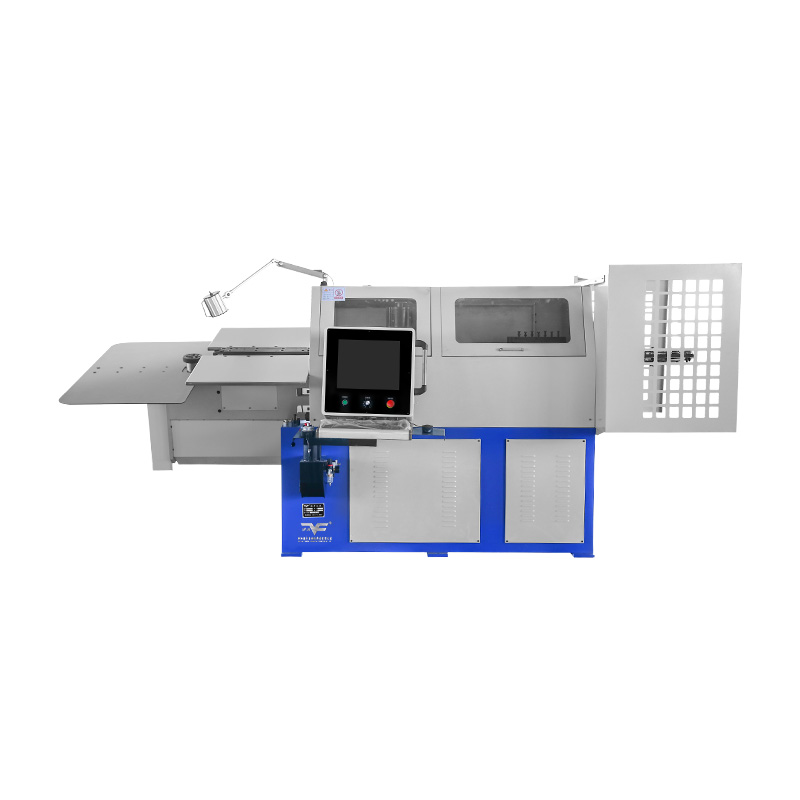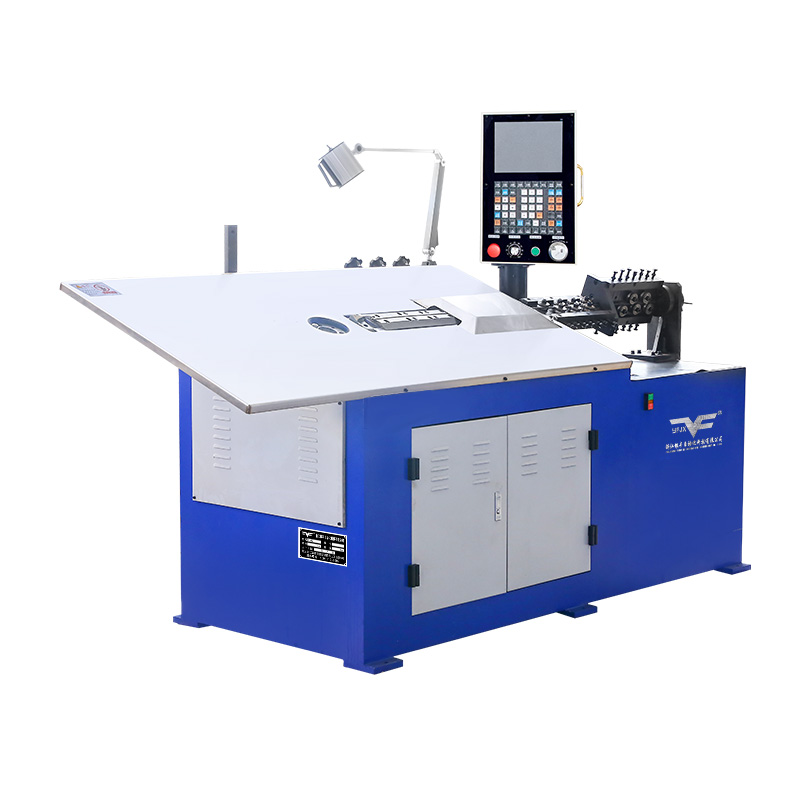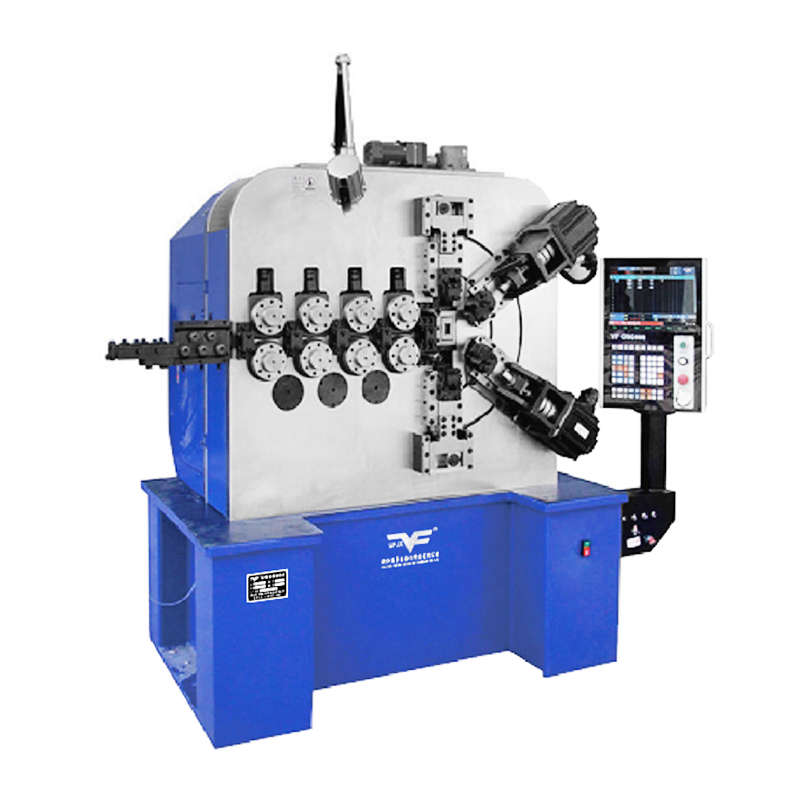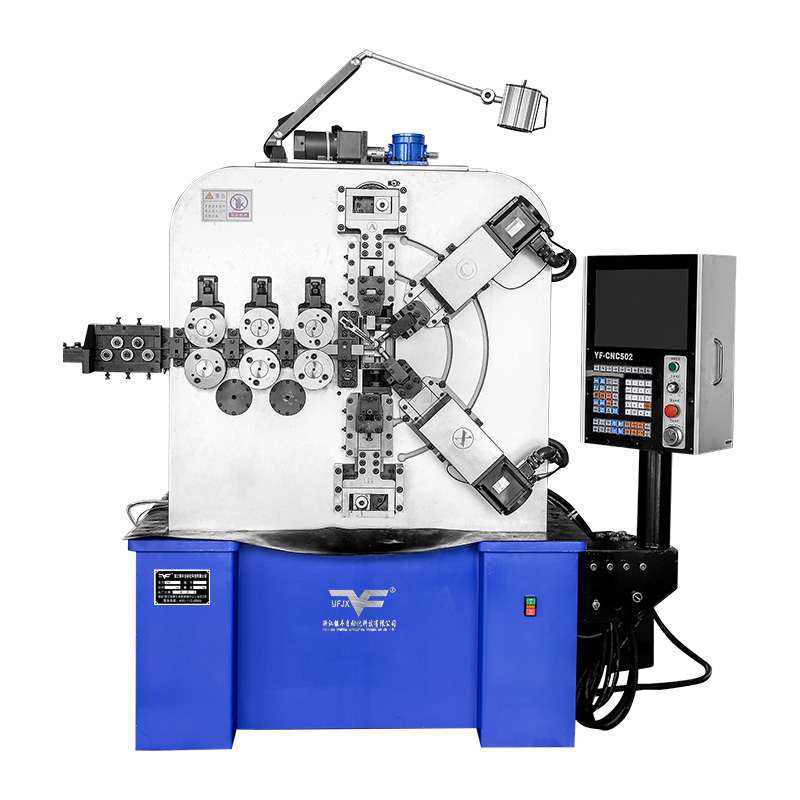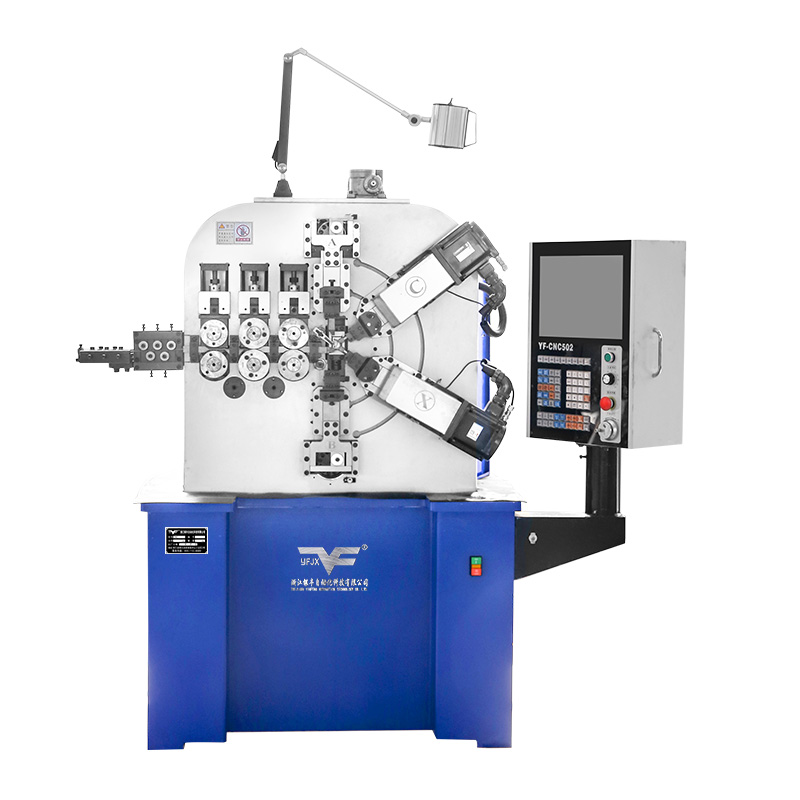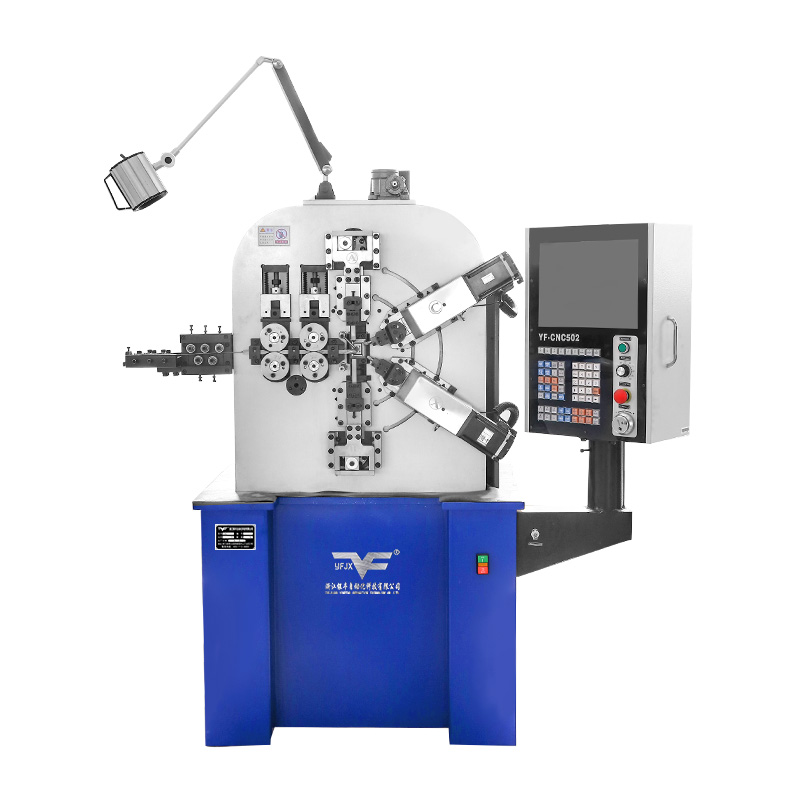New Demand Trends Shape Development Of Spring Forming Machine Equipment
Industry News-The global manufacturing sector continues to evolve, and with it comes a growing demand for machinery that supports high-precision components. Among the machines gaining renewed attention are the Spring Forming Machine and the CNC spring coiler, both of which have become increasingly relevant in industries requiring complex spring geometries and tighter tolerances.

Recent shifts in production requirements, particularly in automotive, electronics, and home appliance sectors, have led to changes in how manufacturers choose and apply their forming technologies. Flexibility and consistency are now major considerations, with many turning to advanced systems that offer repeatability and fewer manual adjustments. As a result, the modern Spring Forming Machine has undergone design improvements to better align with these updated operational needs.
A CNC spring coiler plays a key role in this transformation by enabling more refined control over coil pitch, tension, and wire feed rate. Unlike traditional mechanical systems, these digitally controlled coilers allow for on-the-fly program adjustments, which is especially useful when handling various spring shapes in small-to-medium batch production. Engineers and technicians benefit from easier setup procedures and faster changeovers between specifications.
In many factories, the integration of both Spring Forming Machine systems and CNC spring coiler equipment has streamlined processes once thought to require manual fine-tuning. This transition supports manufacturers looking to reduce downtime and maintain consistent product standards. Rather than relying on fixed tooling setups, current machines now utilize sensor feedback and programmable logic to detect and compensate for minor variations in wire feed or tension.
As new materials are introduced—such as coated wires or specialty alloys—the need for adaptive machinery becomes even more apparent. A CNC spring coiler is particularly well-suited for working with these materials due to its variable-speed motor systems and real-time monitoring capabilities. Meanwhile, a Spring Forming Machine complements this by allowing complex end-loop formations and other secondary operations within a single production cycle.
Additionally, there is an increasing emphasis on training and ease of use. Operators are often required to manage multiple machines or perform quality checks simultaneously. This has led to an interface design shift in both Spring Forming Machine and CNC spring coiler platforms—simplified control panels and user-friendly software are becoming standard expectations, especially in production environments with limited technical staff.
Market feedback suggests that customization is also a factor driving equipment evolution. Whether for specialty springs in electric vehicle systems or compact springs in wearable devices, manufacturers require machinery that can be quickly adapted to new product designs. The modular nature of many current machines, including the CNC spring coiler, allows for easier integration of additional axes or attachments. The Spring Forming Machine similarly supports auxiliary tools that can expand its functionality without extensive reengineering.
Looking forward, environmental considerations are likely to influence how these machines continue to develop. Efficiency in power consumption, scrap reduction, and compatibility with recyclable materials are already becoming part of the selection criteria for new equipment. This broader awareness has led engineers to reassess older machine configurations and invest in systems that meet both technical and regulatory requirements.
The ongoing changes in demand and technology have significantly influenced the capabilities and design of the Spring Forming Machine and the CNC spring coiler. As industries diversify and production expectations shift, these tools will remain central to precision spring manufacturing, adapting along the way to meet emerging challenges.

 English
English русский
русский Español
Español 简体中文
简体中文